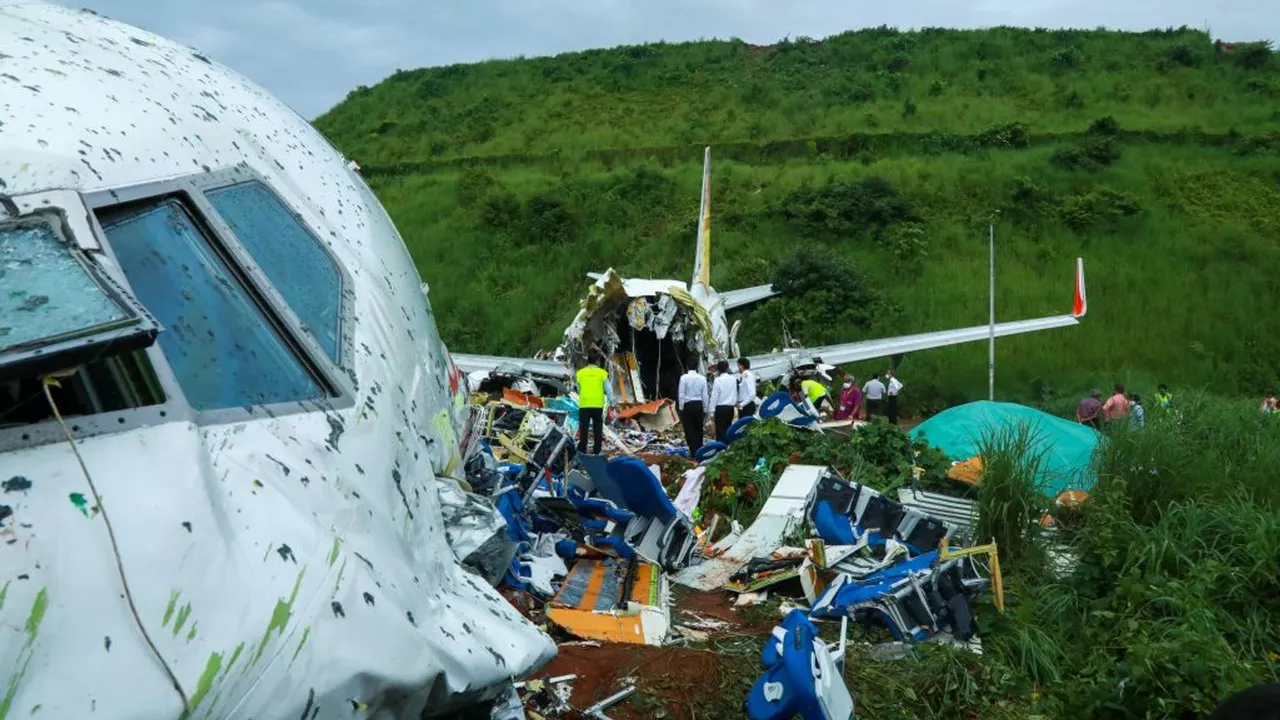Airline Industry Analysis: What’s Shaping the Skies Today
Ever wonder why some airlines soar while others keep landing in trouble? The airline industry is a mix of high fuel costs, tight regulations, and fierce competition. Understanding these moving parts helps you see why a giant like Air India struggles to stay profitable.
Why Air India Struggles
Air India’s losses aren’t a mystery – they’re the result of a few clear issues. First, the airline carries a massive debt load from years of government ownership and outdated fleet purchases. Second, price wars with low‑cost carriers force it to sell tickets below the cost of operation. Third, frequent staffing disputes lead to flight cancellations, which erode customer trust.
When you add rising fuel prices to the mix, the cost gap widens even more. Instead of modern, fuel‑efficient jets, Air India often relies on older planes that guzzle more fuel per mile. The combination of high debt, low ticket prices, and expensive fuel creates a perfect storm for ongoing losses.
Big Picture: Industry Challenges
Airlines worldwide face similar hurdles, but some navigate them better. Regulations on emissions push carriers to invest in greener technology, which requires big upfront cash. At the same time, travelers now expect seamless digital experiences – from booking to baggage tracking – and every glitch costs a sale.
Another factor is the unpredictable demand cycle. Pandemic setbacks taught the industry that a sudden drop in passengers can cripple cash flow. To bounce back, airlines are diversifying revenue, adding cargo services, and exploring loyalty programs that lock in repeat customers.
For a carrier like Air India, the path forward means cutting debt, upgrading its fleet, and improving service reliability. Smaller airlines achieve this by partnering with bigger players, sharing routes, or leasing newer aircraft instead of buying them outright.
What does this mean for you as a traveler? Keep an eye on airlines that invest in newer planes and transparent pricing. Those companies are more likely to offer stable schedules, better on‑time performance, and fewer surprise fees.
In short, the airline industry is a high‑stakes game of balancing costs, customer expectations, and regulatory pressure. When any of those pieces wobble, you see it in ticket prices, flight delays, or, as with Air India, chronic losses. Watching how airlines adjust their strategies gives you a clearer picture of where the market is headed and which carriers are worth your loyalty.
